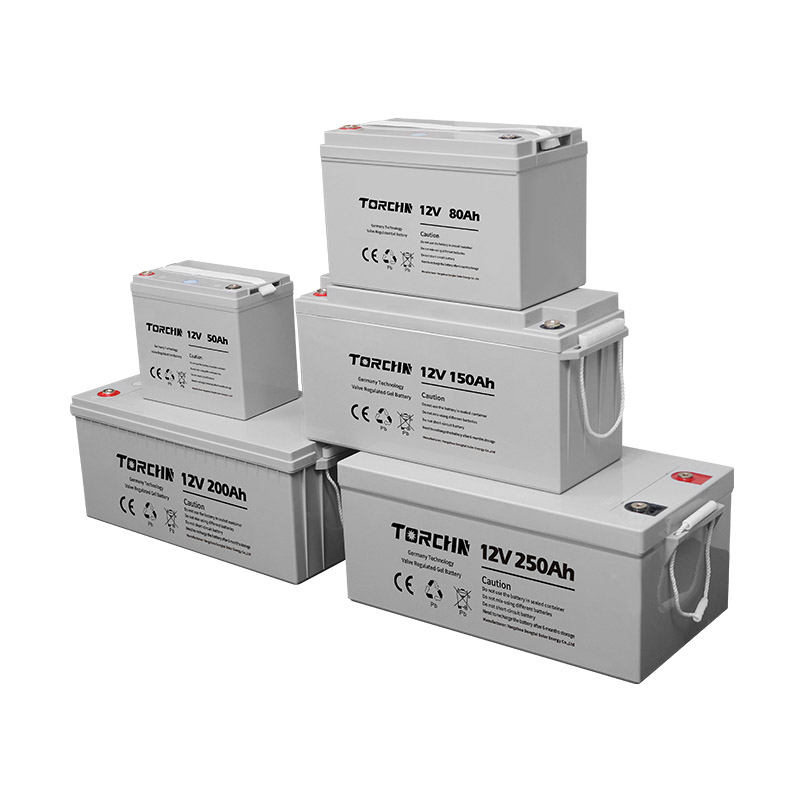The role of storage batteries in providing a stable voltage source for varying loads is crucial to various industries and applications. A key factor in determining the effectiveness of a storage battery as a voltage source is its internal resistance, which directly affects the internal losses and the ability to carry loads.
When a storage battery is used as a voltage source, it aims to maintain a relatively constant output voltage despite changes in the load. This is important for ensuring the proper functioning of equipment and devices that rely on a consistent supply of power.
One of the primary considerations in evaluating the performance of a storage battery as a voltage source is its internal resistance. The smaller the internal resistance, the lower the internal losses, and the closer the electromotive force (emf) is to the output voltage. This means that a storage battery with lower internal resistance is able to more effectively carry loads while maintaining a stable output voltage.
Conversely, a higher internal resistance in a storage battery leads to greater internal losses and a larger difference between the emf and the output voltage. This results in a reduced ability to carry loads and a less stable output voltage, which can have negative implications for the devices and equipment being powered.
It is important for manufacturers and users of storage batteries to carefully consider the internal resistance of the batteries being used, as it directly impacts their suitability for specific applications. For instance, applications that require a consistent and stable power supply would benefit from storage batteries with lower internal resistance, while those with higher internal resistance may be more suitable for less demanding uses.
In practical terms, the internal resistance of a storage battery results in internal voltage drops, which in turn cause a drop in the output voltage. This phenomenon underscores the importance of minimizing internal resistance to ensure the efficient and effective use of storage batteries as voltage sources.
Overall, the relationship between internal resistance, internal losses, emf, and output voltage is a critical aspect of understanding the performance of storage batteries as voltage sources. By focusing on reducing internal resistance and minimizing internal losses, manufacturers and users can optimize the ability of storage batteries to carry loads and maintain a stable output voltage, thereby enhancing their utility across a wide range of applications and industries.
Post time: Apr-01-2024

